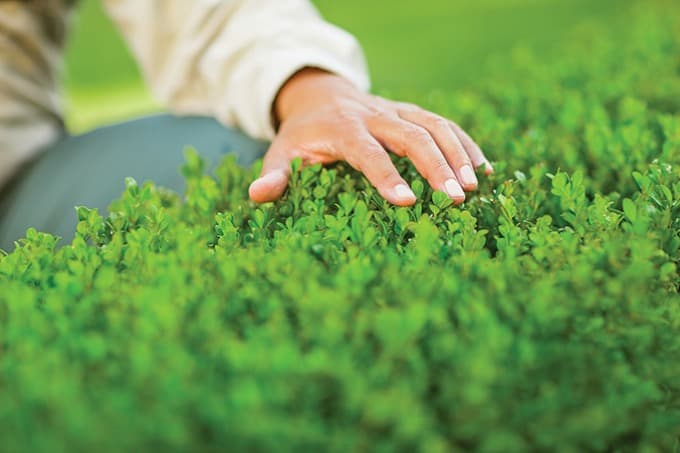Tip 1: Rake
Touching action is more than just cleaning leaves or grass. Raking the grass also helps control the growth of straw in the grass. It helps to remove the straw layer that gathers on the grass, if not all, at least most of the time. Raking also helps reduce tangled and tangled grass leaves. Although it is already rocky in the fall, it is important to mow the grass in the spring.
Tip 2: Check soil compaction
Soil compaction occurs when there is very heavy traffic on your lawn. The almost constant weight compresses the soil and suffocates the pores. Compression also occurs when there is not much water and nutrients in the soil. The result would be a stump for root growth.
The solution for this is aeration of the lawn. However, aeration is best done in the fall. In the spring, just check if your lawn is experiencing soil compaction. In that case, wait for the fall to arrive before sending.

You should also check the pH level of your lawn soil. Do this especially when you see moss appearing on your lawn. Moss may indicate soil compaction or acidity. Check the acidity of your soil by sending it to your local county extension for analysis. If the test reveals that your soil is really acidic, it's time to launder, which is the process of applying calcium-rich and magnesium-rich materials to the soil to neutralize the acidity.
Tip 4: herbicides and weed removal
The herbicide is also called herbicide. Apply this on the ground before weeds can emerge and spread across the lawn. This means that it needs to be done in the spring, as this is usually the time when the seedlings start to emerge. Be careful about determining the type of weed that grows on your lawn before applying herbicides, because the type of herbicide you want to use depends on the type of grass that grows on your lawn.
Tip 5: Setting your lawnmower
It is recommended that you set up your lawnmower every year. Setting up a lawnmower is easy, so this should not be a big problem. If you don't know how to set a lawnmower, take the time to learn how to do it. This is done in just three steps: change oil, change spark plugs, change or clean the air filter.
Tip 6: Practice mowing
Spring is a good time to practice your lawnmower skills. The season is not too hot for you to spend an hour in the sun by pushing the mower. Don't think now that mowing is done simply by pushing the mower. There is more on how to mow the lawn and the exercise will be worth it.
Tip 7: What not to do in the spring
Be careful not to perform these three tasks in the spring: central aeration, excessive planting, and fertilization. It is recommended to do these three in the fall. There are times when they can be done during the spring, but this is only when you are not using herbicides. Aeration and excessive grafting will be useless when using herbicides. Herbicides act as a shield against germination of seeds, and this includes grass seeds so excessive grafting cannot be performed. As for aeration, pierce the herbicidal shield. The herbicide should never be used when planning to plant or aerate in the same season.
As far as fertilization is concerned, it is not harmful. It is better to do so in the fall when central aeration is also recommended. Fertilization is more effective in this way as the aeration process works to absorb nutrients.
No comments:
Post a Comment